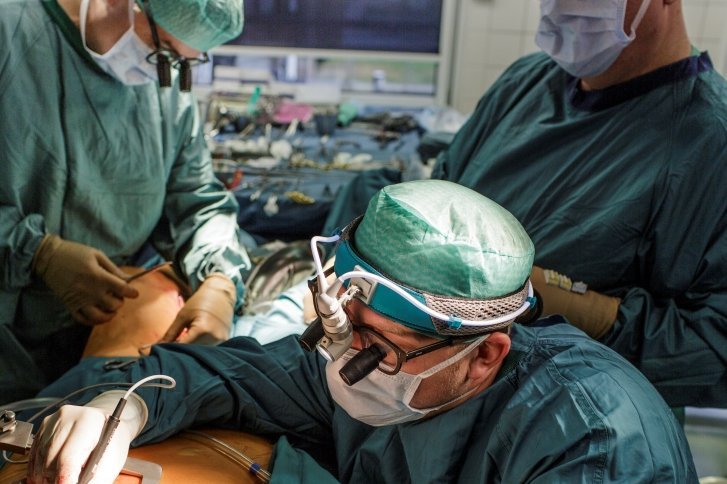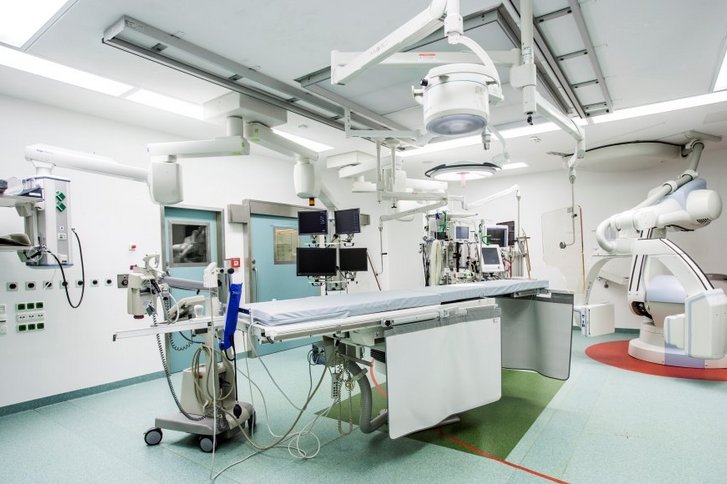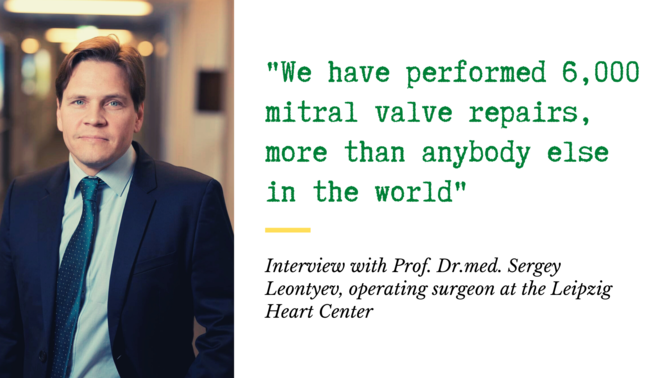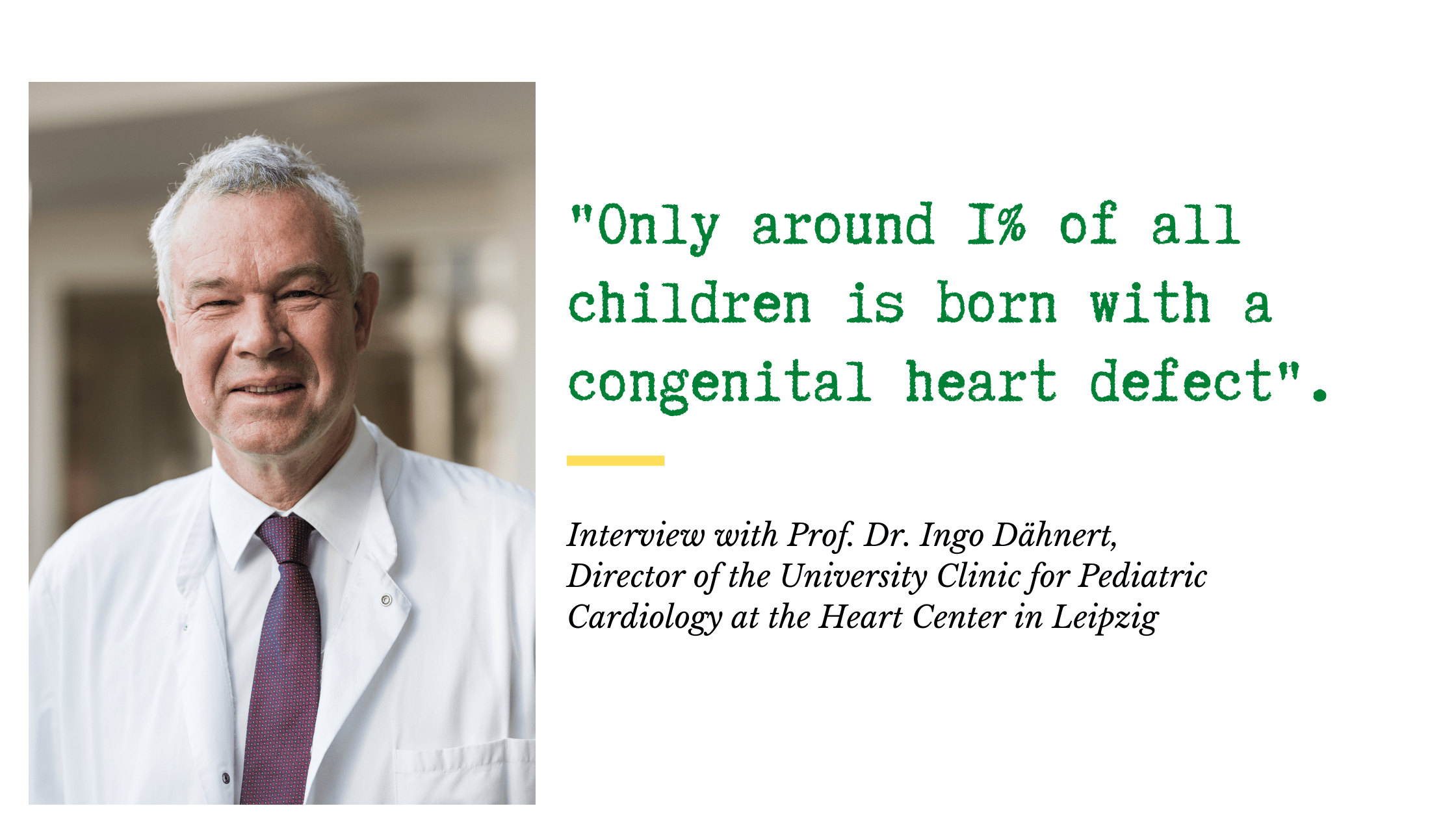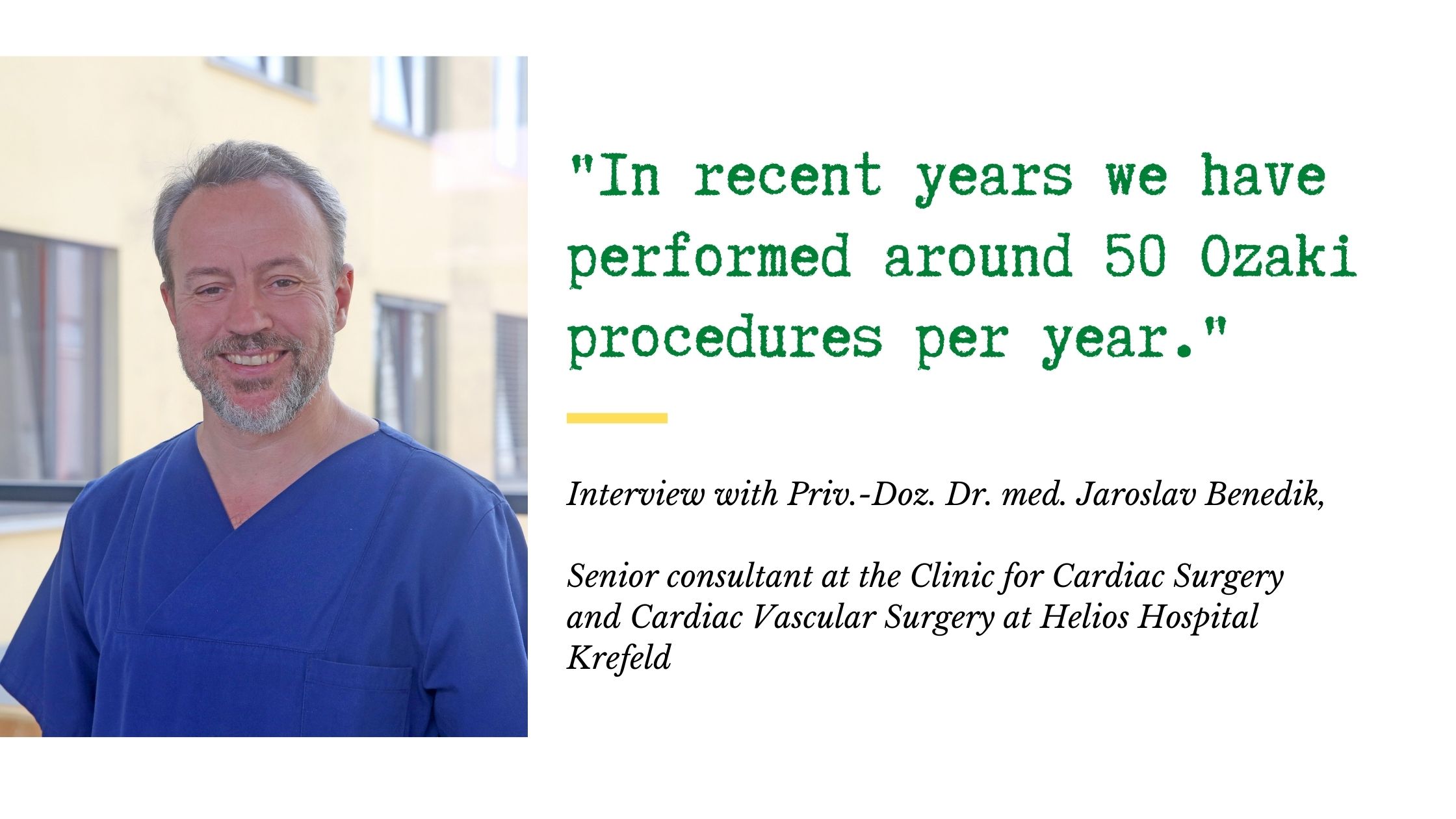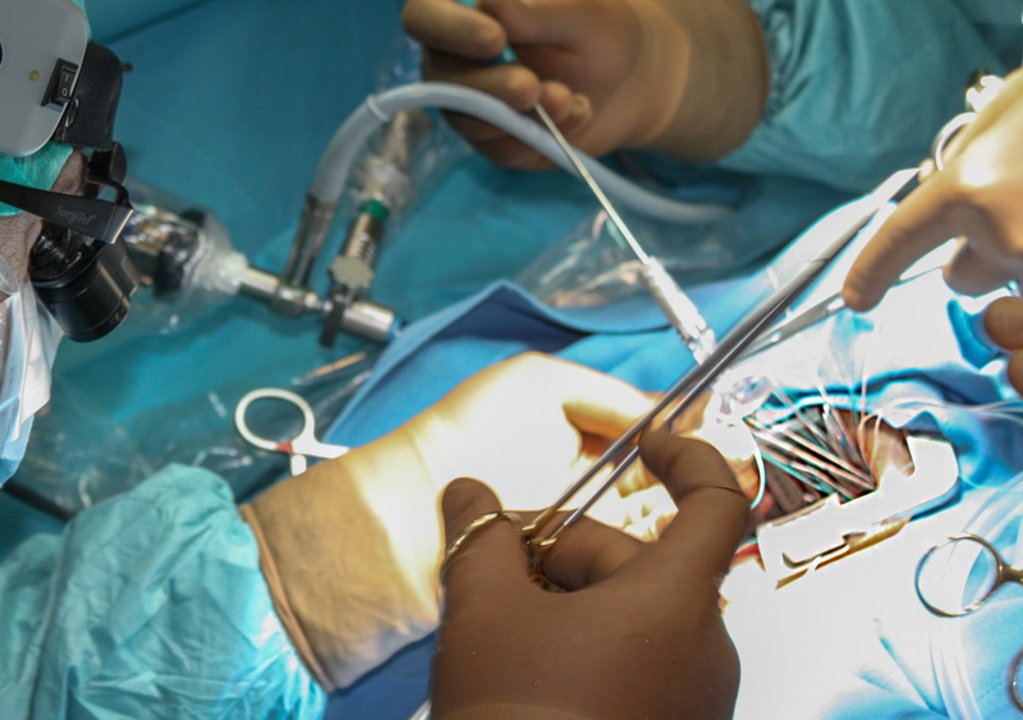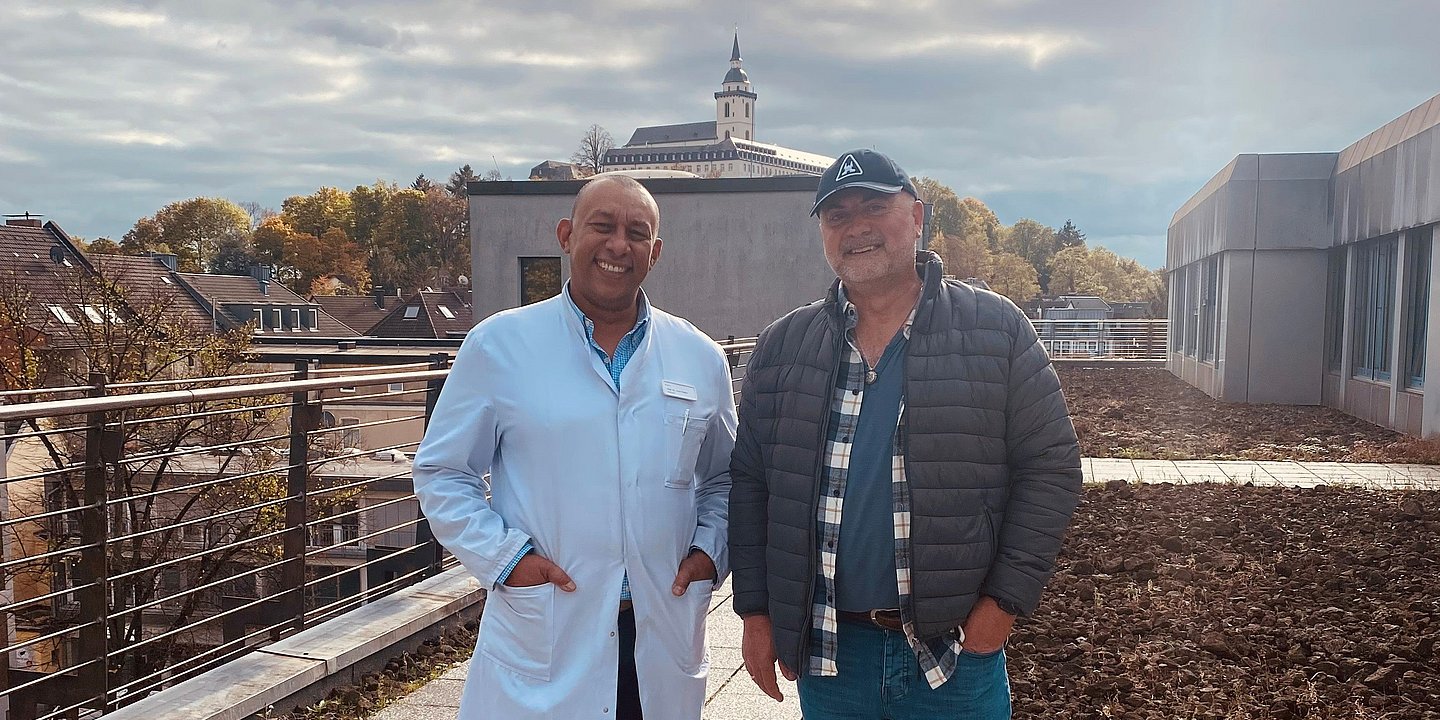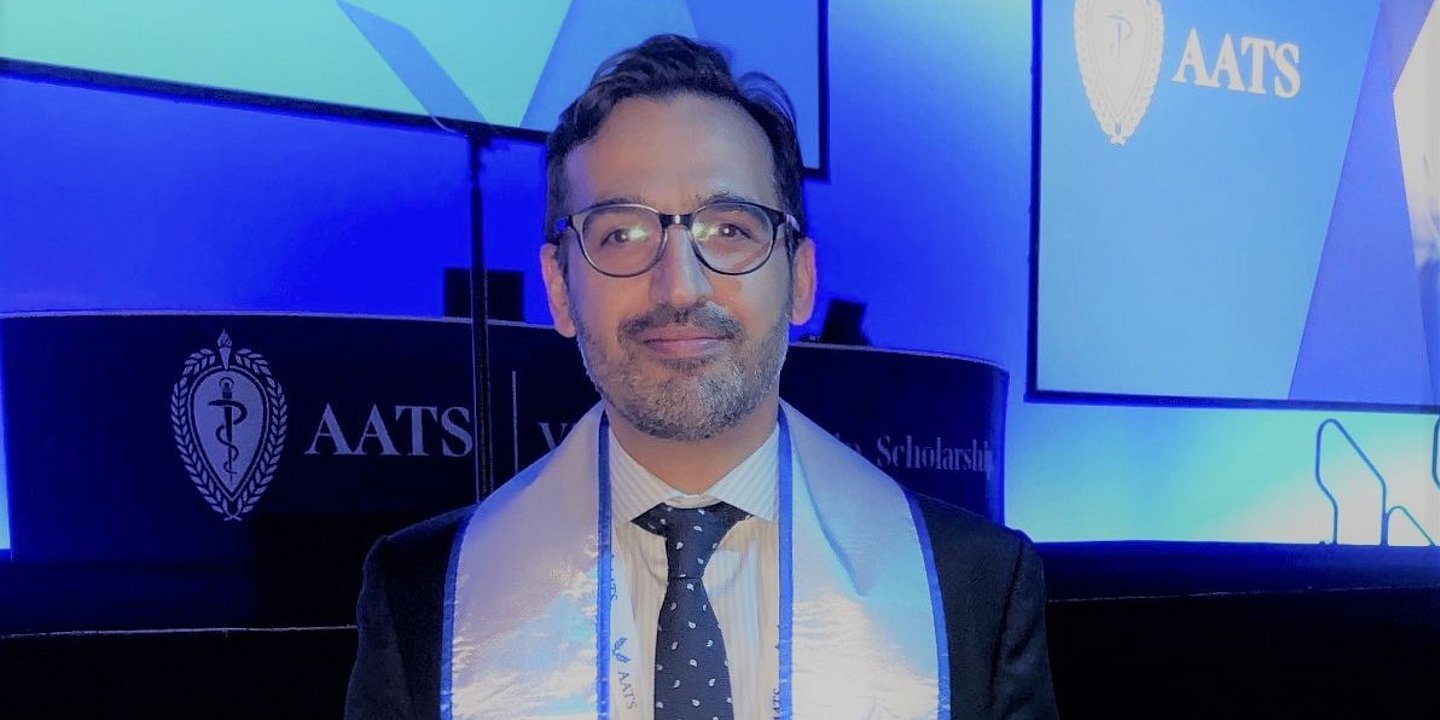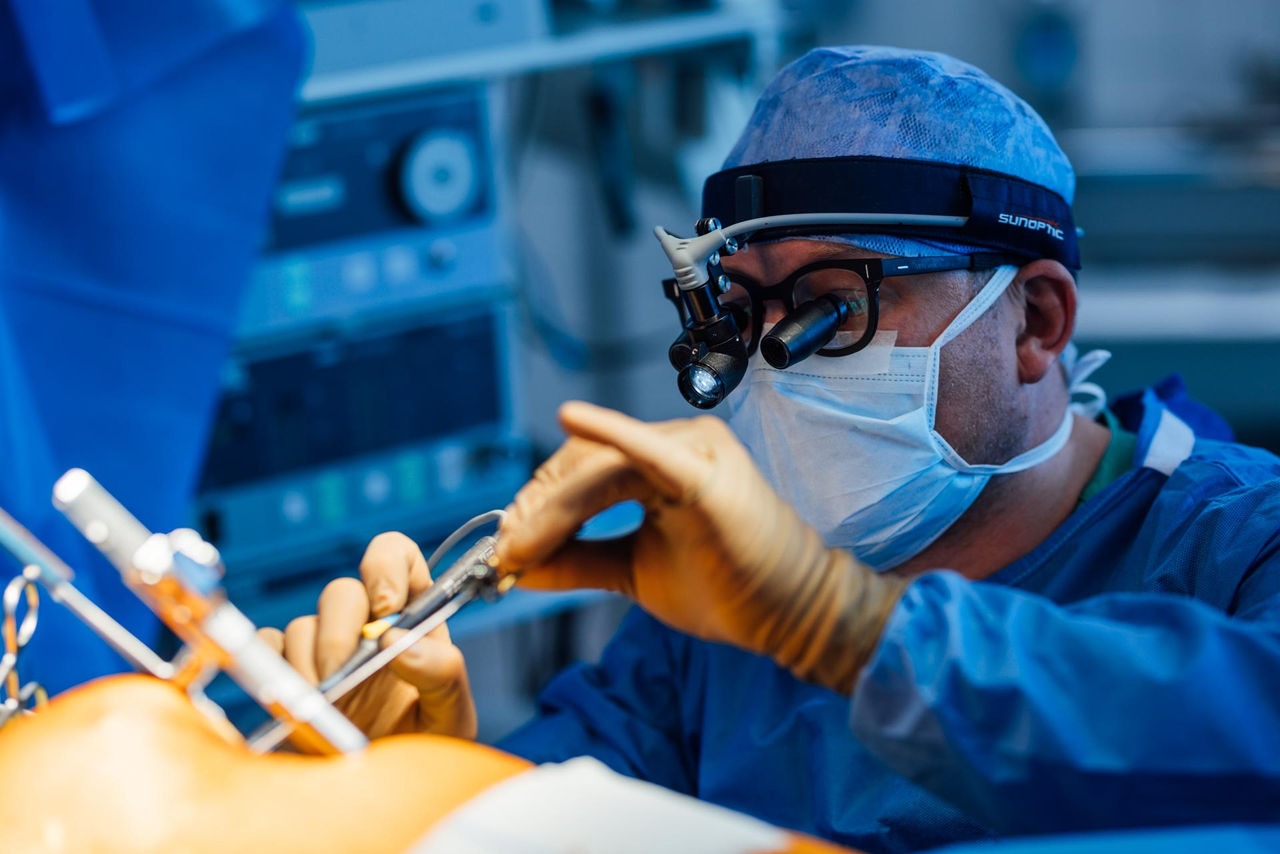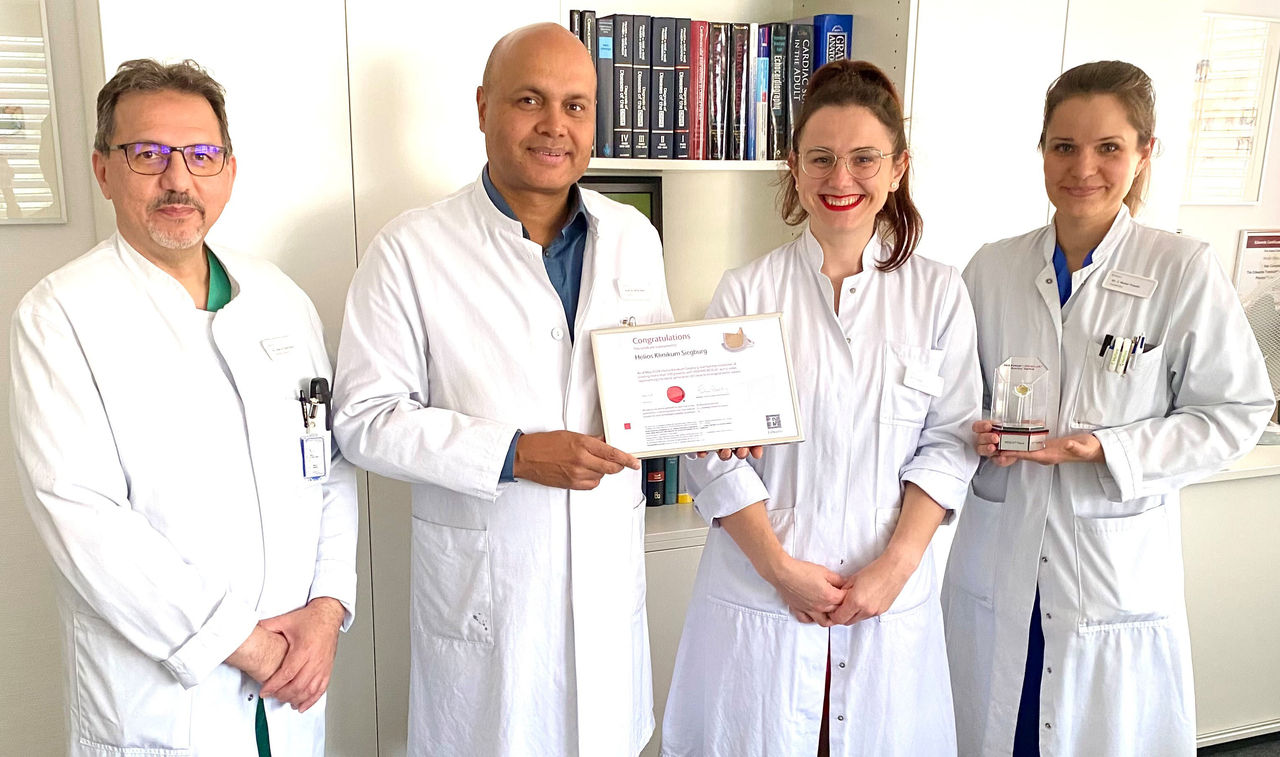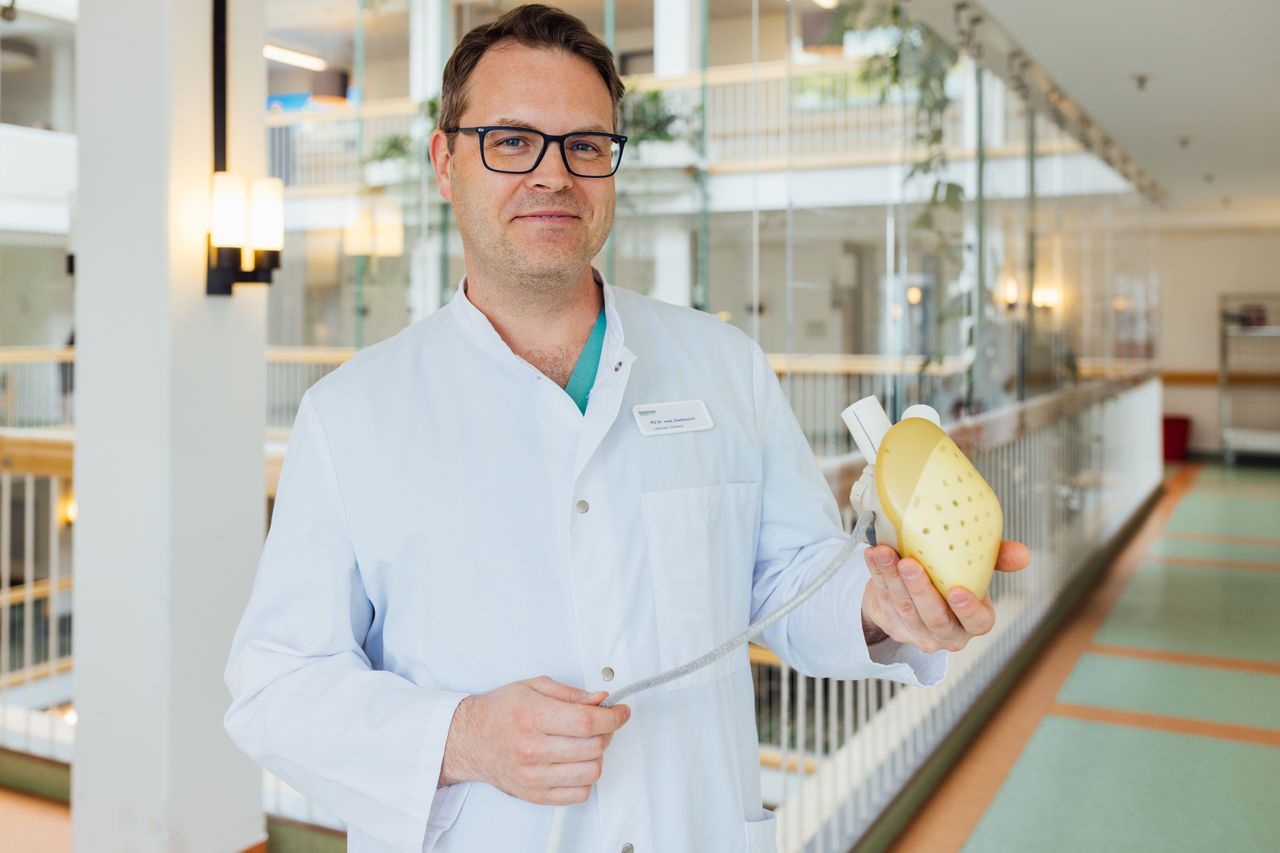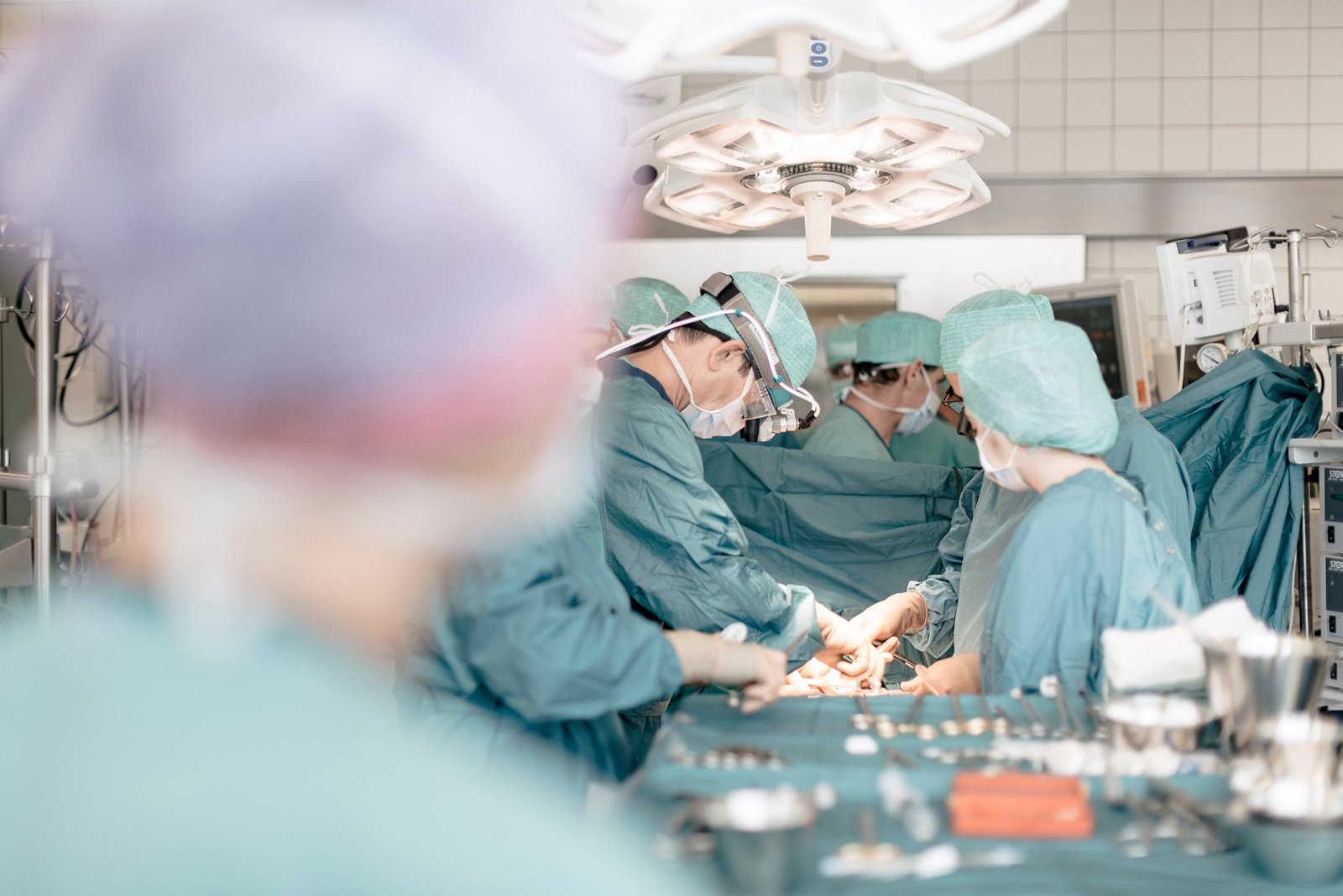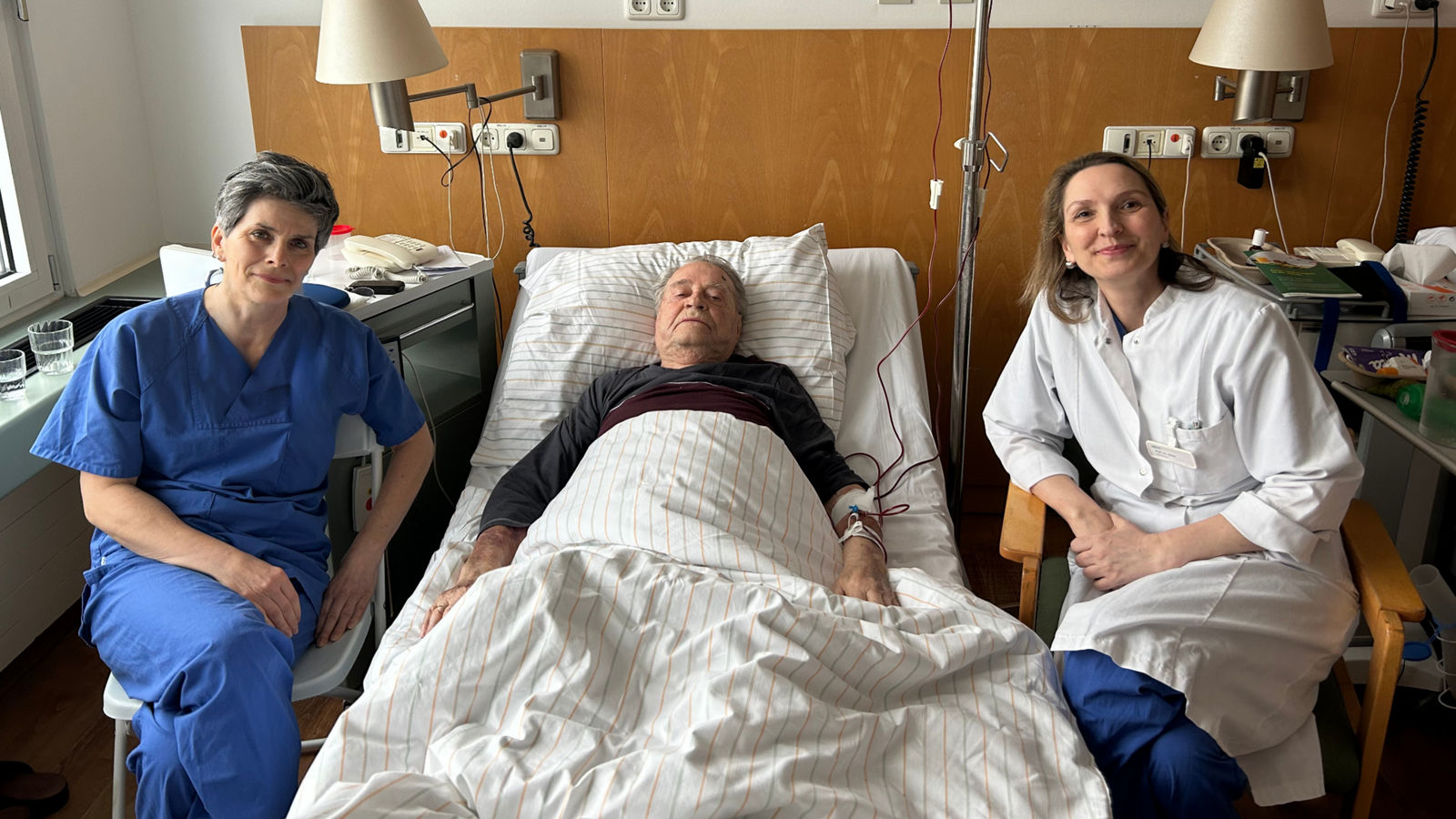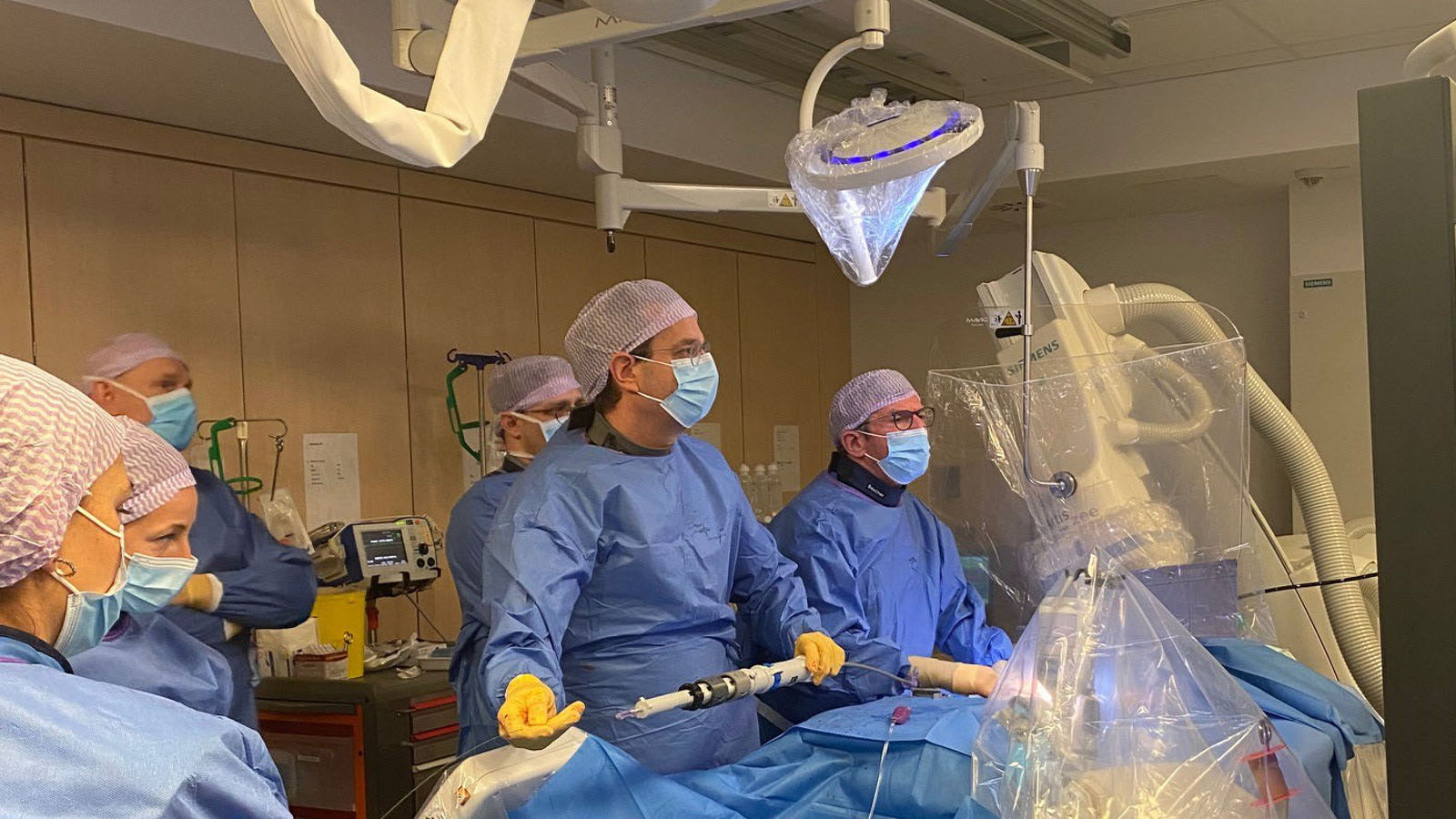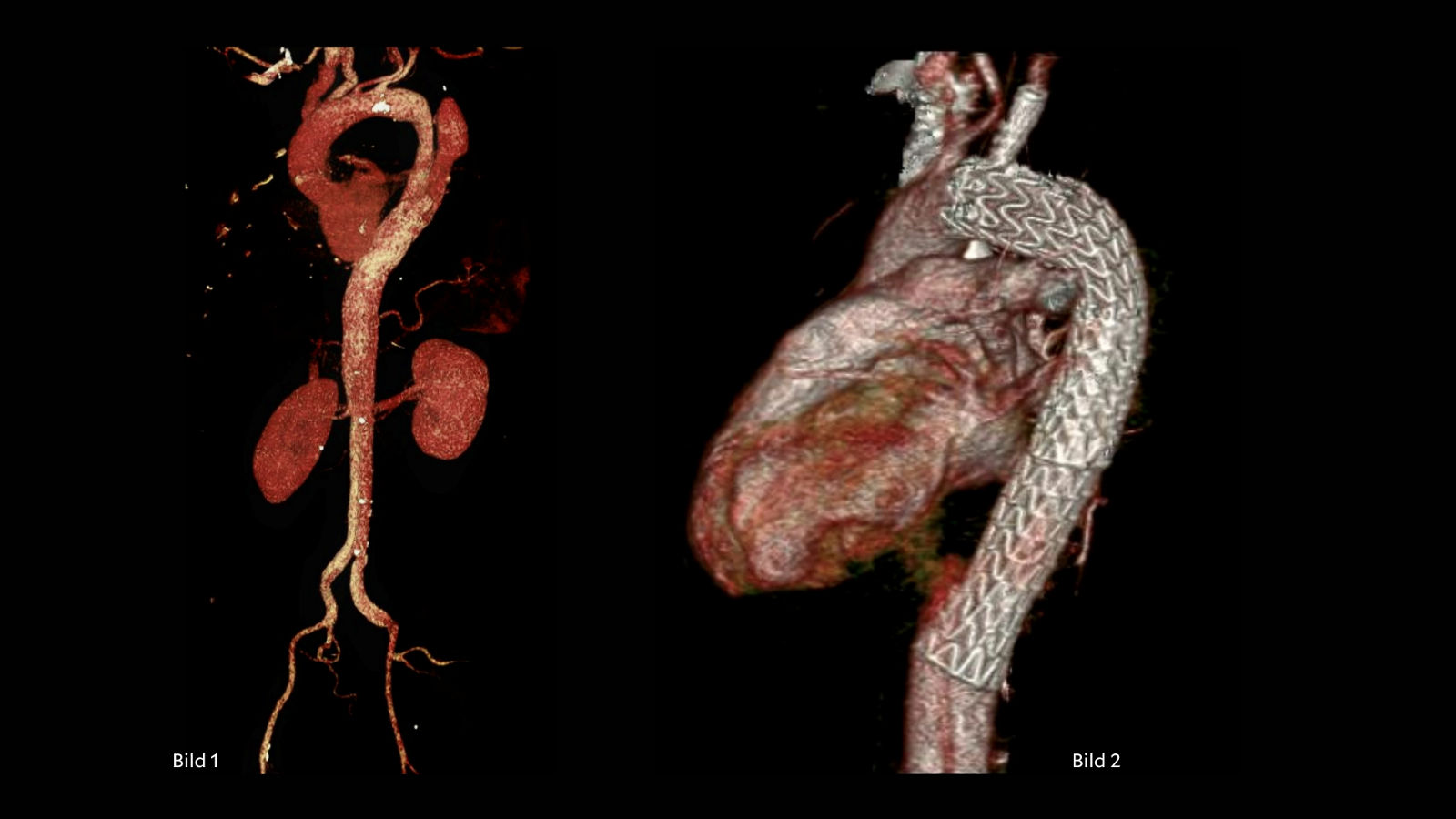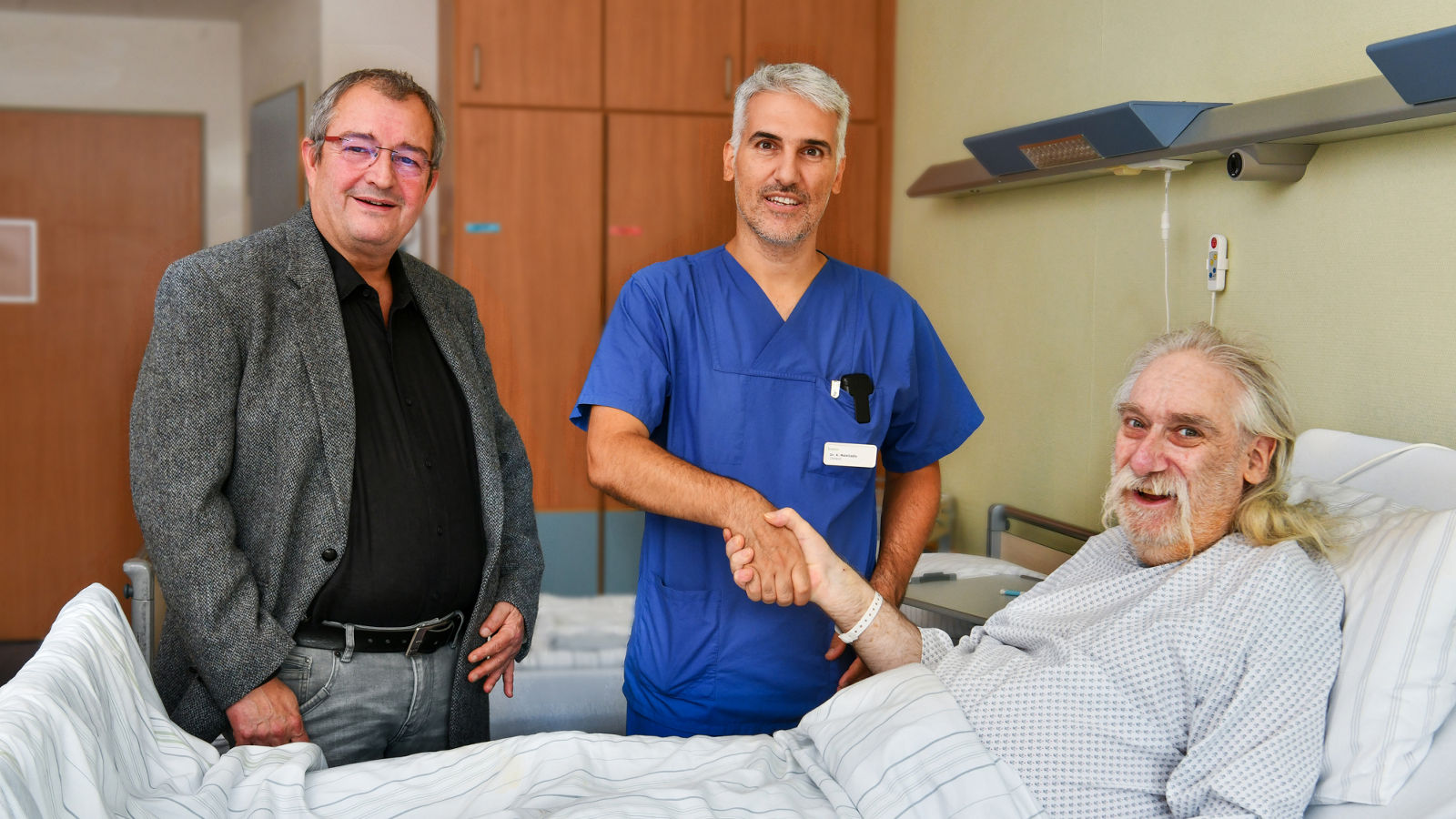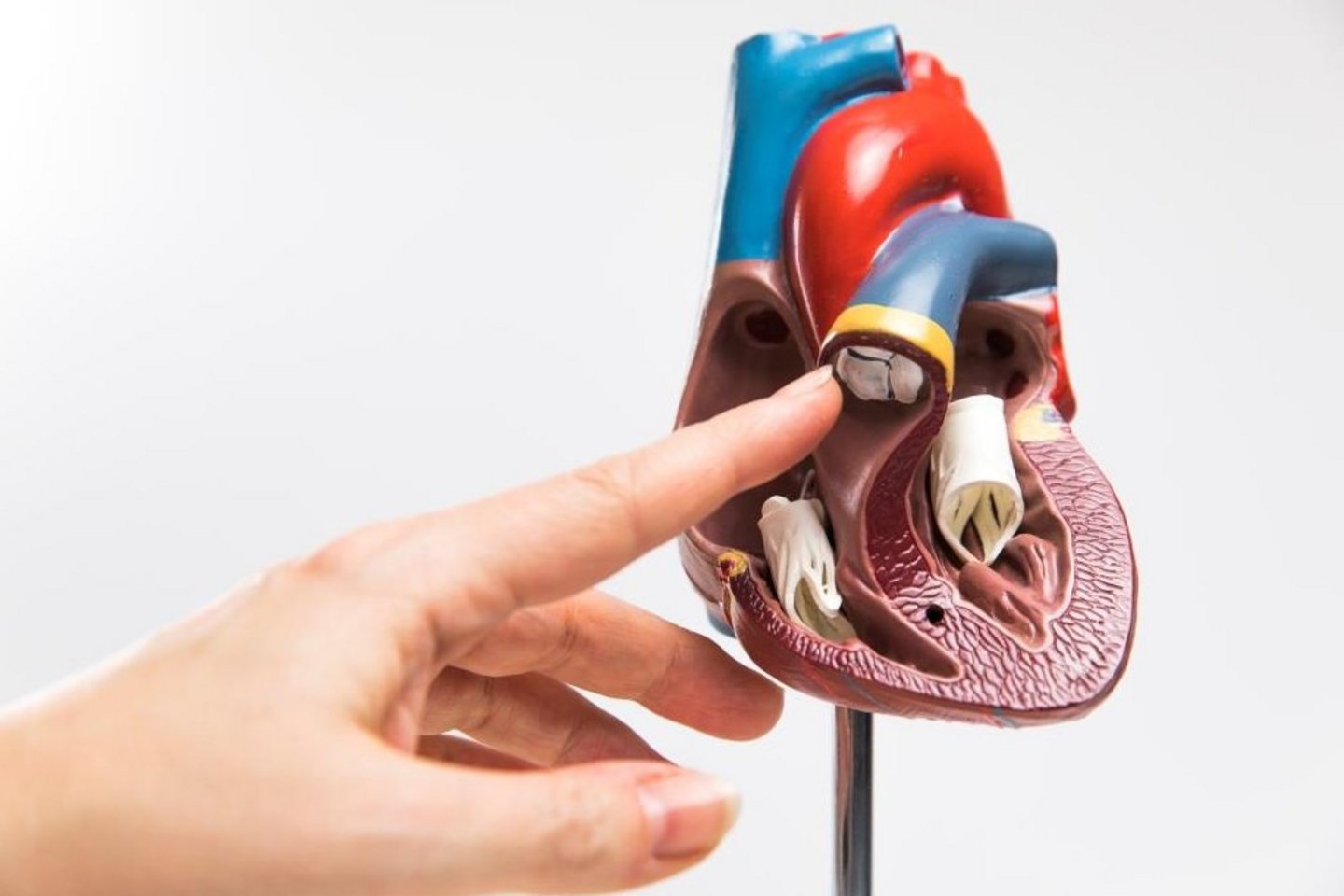
Aortic Valve Surgery
Aortic valve stenosis
What is aortic valve stenosis?
Aortic valve stenosis means that the aortic valve is narrowed due to calcification or thickening and the valve leaflets cannot open properly.
The aortic valve is the most frequently operated heart valve. Various causes, that can lead to a narrowing, include age-related wear, rheumatic constriction and inflammation (endocarditis). A so-called bicuspid aortic valve stenosis might also be present. This is a congenital aortic valve stenosis as a result of a valve with two leaflets.
How is aortic valve stenosis treated?
If drug treatment doesn’t help anymore, in most cases the aortic valve must be replaced. In rare cases it can be reconstructed.
The aortic valve can be replaced by a biological or mechanical aortic valve. The surgeon discusses with you the advantages and disadvantages of each artificial heart valve and which treatment is recommended. Together you decide which type of valve will be implanted in your case.
Aortic valve replacement is performed by cardiac surgeons using minimally invasive techniques, i.e. there’s no need to open the chest as in conventional surgery. For aortic valve replacement, the Leipzig Heart Center uses only the latest and patient-friendly procedures.
Surgery procedure
- On the admission day to the ward, doctors get a detailed information from you, check your documents and carry out any other necessary examinations, e.g. blood tests, X-rays, echocardiography.
- When all documents and examinations are complete, the surgeon and the anesthesiologist discuss a necessary surgery with you.
- The operation takes place the following day. It’s performed under general anesthesia. A surgeon gets access to the aortic valve usually through a partial chest opening or a small incision on the right side of the chest. Then you’ll be connected to the heart-lung machine through the artery in the right groin and the heart is stilled. Then the damaged aortic valve is cut out and a new heart valve is inserted. After successful testing of aortic valve function, the heart-lung machine is removed and the incision is closed.
- You wake up from the anaesthesia in the recovery room.
- Then you’re transferred into the recovery room (Intermediate Care) for the 24 hour monitoring.
- Best case scenario, we transfer you directly to the normal ward. Here the patients usually stay for another five to seven days before they’re discharged from the hospital.
Which patient-friendly surgical methods are available?
Surgeons at the Heart Center Leipzig operate on the aortic valve using a sparing minimally invasive method. The doctors perform conventional open chest surgery only in rare cases or when further heart surgery is necessary, for example, an additional bypass surgery.
Elderly patients or patients with a high surgical risk can be treated with catheter-assisted aortic valve replacement (TAVI).
Aortic valve insufficiency
What is aortic valve insufficiency?
Aortic valve insufficiency is a condition when aortic valve leaflets don’t’ close properly. This means that after each heartbeat, blood flows from the aorta back into the left ventricle, thus compromising the heart function.
Aortic valve insufficiency treatment
In most cases, the valve leaflets can be repaired. This is called aortic valve reconstruction. In rare cases, the aortic valve must be replaced by a biological or mechanical aortic valve.
- If a surgery is recommended, the doctors perform detailed examination with echocardiography or transesophageal echocardiogram.
- This is followed by an assessment of whether your aortic valve can be repaired.
- After various examinations and consultations, your surgeon decides which reconstruction method suits you best. At the Heart Center Leipzig as well as in all Helios Heart Centers we use only the latest and patient-friendly procedures.
Aortic valve reconstruction procedure
- On the admission day to the ward, doctors get a detailed information from you, check your documents and carry out any other necessary examinations, e.g. blood tests, X-rays, echocardiography.
- The surgery takes place the following day. It’s performed under general anesthesia. A surgeon gets access to the aortic valve usually through a chest opening. Then you’ll be connected to the heart-lung machine through the artery in the right groin and the heart is stilled. Then the aortic valve is examined. The aortic valve is adjusted to its functional position with various suture techniques or prostheses. If the valve function tests are successful, the heart-lung machine is removed and the incision is closed.
- When the anesthesia wears out, you wake up in the recovery room.
- During the next 24 hours you will be monitored in one of our recovery wards (intermediate care) and then transferred to the normal ward. The length of stay is normally seven days.
How safe is aortic valve surgery?
Aortic valve replacement or aortic valve reconstruction are among the safest heart valve operations today. The surgical risk is determined by age, physical condition, presence of concomitant diseases and urgency of the operation (emergency or planned surgery). The surgeon will discuss all risks with you individually during a consultation.
Aortic valve surgery outcome
Aortic valve surgery helps to restore the function of the heart valve and heart, reduce the symptoms of aortic valve disease such as shortness of breath, chest pain, fatigue, cardiac arrhythmia, swelling of the legs and prolong your life.
Read more:
Do you need more information about Helios Hospitals or want to schedule your treatment?


